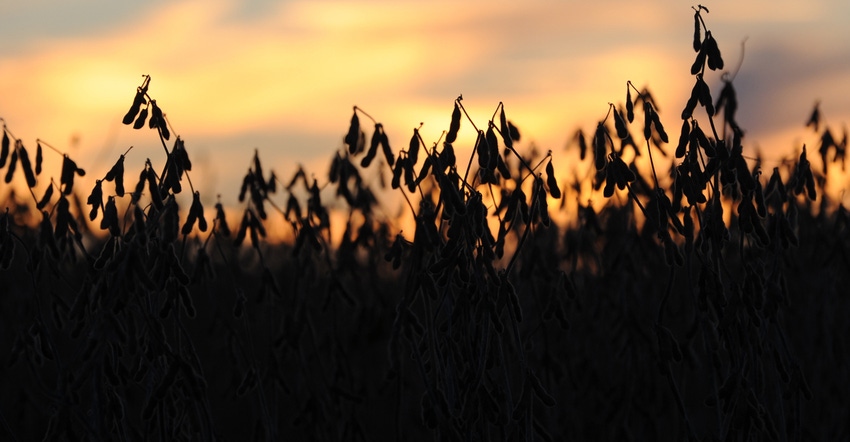October 20, 2020

Nutrient results from 2020 can offer a valuable report card for the season to see how your fields performed and a good reference point for working with your agronomist to define your 2021 plan.
Minnesota tissue sampling results taken from WinField United’s test plot program and trial plots, as well as from growers’ fields, offer a high-level view of nutrient trends across the state. Here’s a look at the deficiencies from this season and how these trends may influence your decisions for next season.
What sampling revealed
The 2020 growing season brought early-season rainfall and some late-season moisture deficits. A slightly drier environment created more difficult uptake conditions, enhancing nitrogen, potassium and sulfur deficiencies during grain fill in corn. I saw a lot of corn plants firing (leaves turning yellow or brown) due to those nitrogen and potassium deficiencies, which caused some stalk and standability issues. In many cases, sulfur deficiencies affected later-season photosynthetic capacity in corn plants, impacting things like ear-tip fill and kernel test weight.
In soybeans, early-season tissue samples indicated zinc and boron deficiencies during the vegetative stages. In early reproductive stages, tissue tests showed nitrogen and sulfur as deficient, with later reproductive stages showing manganese as deficient. This correlated to pod fill, when nitrogen and sulfur demands in soybeans peak. Boron deficiency was also severe during the early reproductive stages.
2021 crop potential
If you’re in a high-yield environment and experienced some of these nutrient deficiencies, consider exploring soil sampling or managing those nutrients from a fertility standpoint to help ensure next year’s crop doesn’t encounter the same issues. If you weren’t able to take soil samples this fall, prioritize it in spring. Always take soil samples in either fall or spring so you’re comparing consistent, apples-to-apples results.
The properties of different nutrients make them more receptive to application at certain times of the year. Typically, you would replace phosphorus and potassium in the soil in the fall. Nitrogen and sulfur should be applied in spring, depending on weather patterns and crop rotation. For example, if fields are corn going to soybeans, you probably wouldn’t apply nitrogen and sulfur. If rotating to corn, you probably would.
Tissue test results
I like to associate tissue sampling with yield and soil. That gives you a sturdy, three-legged stool upon which you can make better nutrient decisions. If you just have tissue and soil samples but don’t know the yield level, it can be hard to determine if what you saw was actually limiting or if it was just the nature of your soil or the particulars of the season. Adding yield to the equation lets you see how well specific areas of your field performed.
Tissue samples can also focus on nutrient hierarchies (which nutrients are most important for the crop you’re growing) or elemental prominence nuances (when you should apply those nutrients) within each crop, helping determine the replacement and timing of each.
What to do now
If you didn’t take tissue samples this year, your agronomist can pull up samples taken in areas near your farm to check for general trends. If you did, discuss the results with your agronomist and compare them with other tissue samples from your area so you can address nutrient needs.
Work with your agronomist to create a nutrient plan so you can efficiently execute it on your chosen crops in the spring. This will take multiple touchpoints from now through March and then throughout the season to ensure your plan is performing as it should. However, it should be flexible enough to tweak in-season if needed for optimal effectiveness.
Zuk is a regional agronomist with WinField United in southern Minnesota. Contact him at [email protected].
Source: Winfield United, which is solely responsible for the information provided and is wholly owned by the source. Informa Business Media and all of its subsidiaries are not responsible for any of the content contained in this information asset.
You May Also Like




